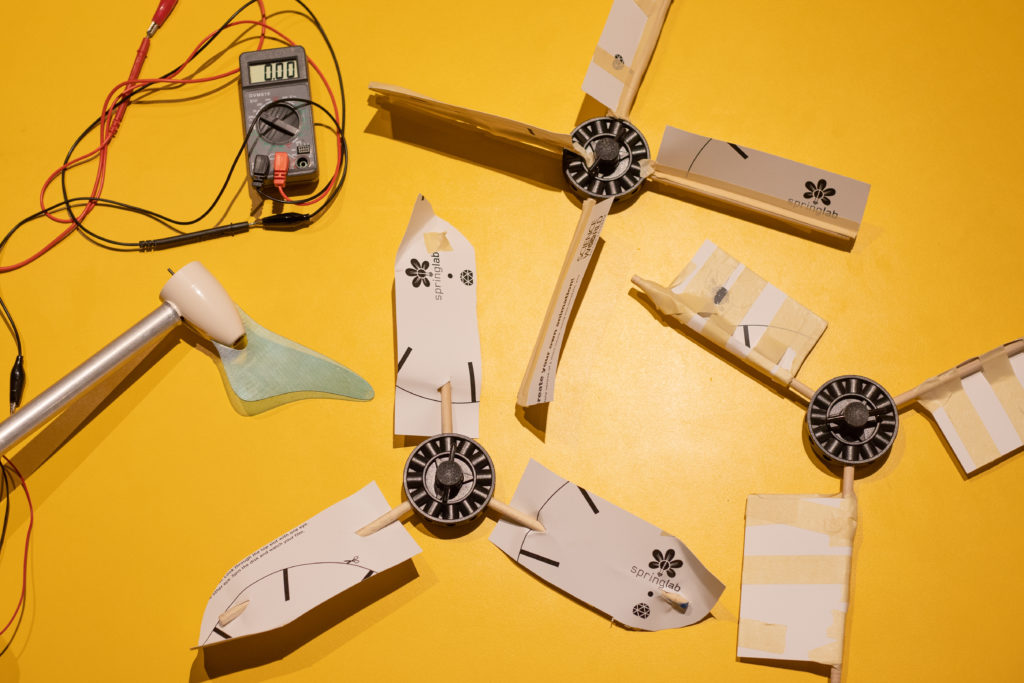We engage children’s natural curiosity about the world; we encourage them to formulate questions and then to actively seek answers to those questions, using whatever tools are at their disposal.
With the increased focus on inquiry-based learning in the BC curriculum, Science World supports teachers to integrate inquiry learning into their classrooms.
Inquiry-based learning requires guidance from the teacher to support students’ progression along the inquiry continuum.
Levels of Inquiry (adapted from Banchi and Bell, “The Many Levels of Inquiry”, 2008.)
| Confirmation | Structured | Guided | Open |
| Teacher provides question and procedure. | Teacher provides question and procedure. | Teacher provides question. | Teacher provides support. |
| Students follow directions to confirm the results. “Traditional” lab. | Students generate an explanation based on evidence they’ve collected. | Students design procedure to test question and resulting explanations. | Students generate questions; design and carry out investigations; and draw conclusions. |
This Helicopter activity can be adapted for any level of inquiry. Primary students who have less experience benefit from starting at the confirmation or structured levels of inquiry. It is important, at all levels of inquiry, that teachers help guide students through their thought processes (meta-cognition) based on their observations.
Vocabulary
Question for investigation: overarching goal of an investigation written as a question.
Independent variable: variable changed in a science experiment to test a dependent variable.
Dependent variable: variable that is “dependent” on the independent variable. It is the variable that is being tested in a science experiment.
Hypothesis: a proposed explanation made as a starting point for further investigation.
Prediction: a statement about what might happen in the future.
Results: outcome of investigation
Background Science
Air has mass and takes up space. When the helicopter is dropped, the air’s resistance slows down the helicopter. As the helicopter falls, the resistance from the air pushes the blades up into a slanted position. In this position, the air under one blade is pushing one way and the air under the other blade is pushing the opposite way. These two forces of air push the blades around and make it spin. The faster the blades spin, the less the air can get by, and the slower the helicopter falls. The fall produces drag, which resists the force of gravity.


